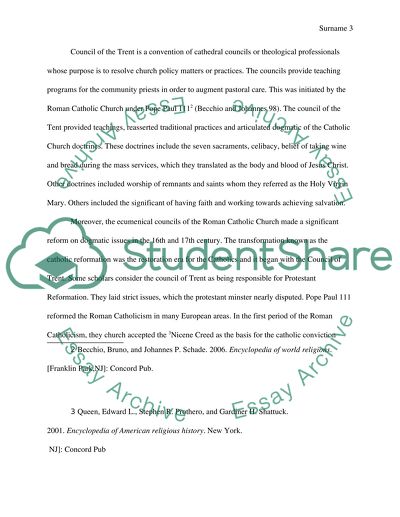Cite this document
(“Church Reformation in the 16th and 17th century Research Paper”, n.d.)
Retrieved from https://studentshare.org/religion-and-theology/1460258-church-reformation-in-the
Retrieved from https://studentshare.org/religion-and-theology/1460258-church-reformation-in-the
(Church Reformation in the 16th and 17th Century Research Paper)
https://studentshare.org/religion-and-theology/1460258-church-reformation-in-the.
https://studentshare.org/religion-and-theology/1460258-church-reformation-in-the.
“Church Reformation in the 16th and 17th Century Research Paper”, n.d. https://studentshare.org/religion-and-theology/1460258-church-reformation-in-the.


